Skeleton watches — timepieces whose mechanical movements have been stripped down to their “bare bones” in order to offer the wearer a view of their innermost workings — remained a popular category at this year’s watch fairs. As we approach the end of 2016 and prepare for a new year of watch introductions in 2017, we take a look back at some of the most notable skeleton timepieces launched at this year’s SIHH and Baselworld watch fairs. Here are 10 that caught our eye.
The Arnold & Son UTTE Skeleton, the latest in the brand’s Instrument Collection, is the world’s thinnest skeleton tourbillon watch on the market, with a 42-mm, 5N rose gold case measuring just 8.34 mm thick, containing a manual-wind tourbillon movement just 3.3 mm thick. The movement, Caliber A&S220, is a reinvented version of Arnold & Son’s ultra-thin Caliber A&S200, which retains the base movement’s large, three-dimensional tourbillon cage and lengthy power reserve, but has been heavily modified through skeletonization of key components. These include an all-new mainplate; a totally revised tourbillon cage for the one-minute flying tourbillon, which occupies a massive 14 mm of the movement’s 32-mm diameter; and new skeletonized barrels for ensuring constant force and 90 hours of power reserve. Haute horlogerie finishes abound, including the brand’s hallmark côtes de Genève rayonnantes pattern on the mainplate and bridges. The watch is limited to 50 pieces and attached to a hand-stitched brown or black alligator strap with a rose-gold pin buckle.

The Bell & Ross BR 03-94GT, a mechanical chronograph, is one of two new watches inspired by the Bell & Ross AeroGT concept car. Many of the watch’s design elements are based on those of the automobile, which Bell & Ross describes as “a super car inspired by aviation.” The 42-mm case recalls the car’s “fuselage style” body with its streamlined look; the crown is made of a lightweight aluminum alloy commonly used in sports cars; and the skeletonizing of the movement, automatic Caliber BR-CAL.319, serves not only to make the entire watch lighter (as was the goal in designing the car) but also to allow the watch’s owner a glimpse into its inner mechanics, as the car does by positioning its engine under a smoked glass window. The chronograph has a red central hand for the seconds and grey-tinted subdials at 9 o’clock for half-hours and 6 o’clock for hours; the date appears in a window at 3 o’clock, indicated by a red pointer. You can read more about the watch, which is limited to 500 pieces, here.
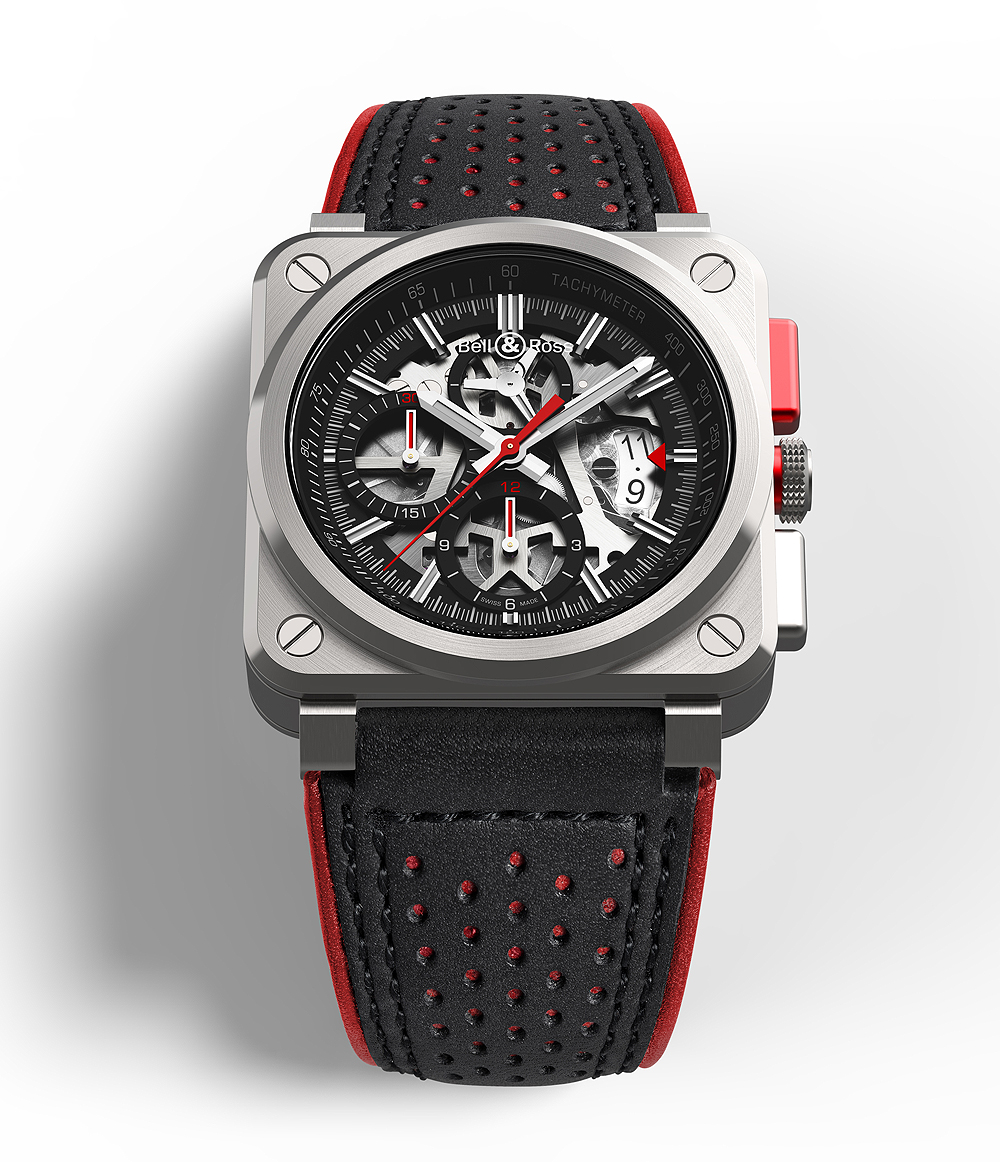
Also pushing the boundaries of horological slimness is the Bulgari Octo Finissimo Skeleton, whose hand-wound, openworked movement, Caliber BVL 128SK, comes in at barely 2.35 mm thick but still provides a power reserve of 65 hours. The baseplate and bridges of the movement have a black coating, with circular satin-brushed finishing and chamfered edges; contrasting rose-gold is used for the hour and minute hands, the small seconds hand at 6 o’clock, and the power-reserve-indicator hand between 9 and 10 o’clock, as well as the bezel on the 40-mm Octo case, made of stainless steel with a black DLC coating. The screw-locked winding crown is also in rose gold, with a black ceramic insert, and rose-gold screws fasten the exhibition caseback. The black alligator leather strap integrates smoothly into the case lugs and fastens by means of a black-DLC-coated titanium pin buckle. The price: $26,900.

The Cartier Clé de Cartier Automatic Skeleton is the first skeletonized watch in the Clé de Cartier collection, which Cartier introduced to great fanfare at SIHH 2015, and features Cartier’s first-ever skeletonized automatic movement made in-house. The movement is Cartier’s brand-new Caliber 9612 MC, whose openworked architecture showcases bridges in the shape of Roman numerals III, VI, IX, and XII (marking the 3, 6, 9 and 12 o’clock hour positions, respectively). Cartier’s watchmakers met the considerable challenge of blending a skeleton structure with an automatic winding mechanism by developing a skeletonized rotor, made of 22k gold, that maintains a delicate balance between thickness and diameter; it is nearly invisible when not in motion, as the periphery of the rotor hugs the edges of the movement. The case is in 950/1000 palladium, measuring 41 mm in diameter and 11.45 mm thick. The sword-shaped hour and minute hands are in blued steel, matching the blue sapphire that serves as the “key” in the winding crown.
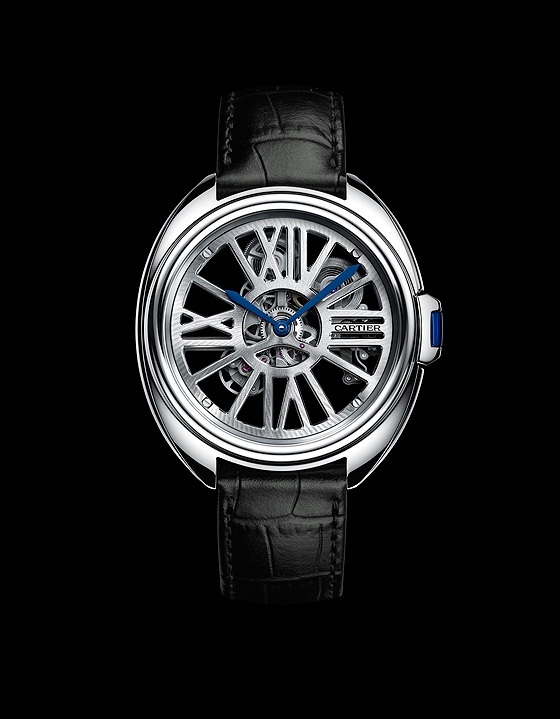
The 40-mm steel case of Cuervo y Sobrinos Historiador Squelette, with its distinctive curving lugs, is inspired by an Art Deco-era sketch found in the company’s now abandoned workshop in Havana, Cuba, and its “double-curved” sapphire crystal recalls those used commonly in watches of the 1950s. It is 11.15 mm thick and water-resistant to 30 meters, with a screwed exhibition caseback. The perforated dial, which shows off the painstakingly skeletonized and decorated automatic Caliber CYS 5084, takes design cues from other models in the Historiador collection and has an applied CYS logo at 12 o’clock, Super-LumiNova-coated hour and minute hands, and a red central seconds hand. The movement has a shot-blasted mainplate and bar, “Squelette” and “Cuervo y Sobrions 1882” engravings, and a brushed-finish rotor. Measuring 25.6 mm in diameter and a wafer-thin 4.6 mm thick, with 25 jewels, it stores a power reserve of 38 hours and oscillates at a frequency of 28,800 vph.
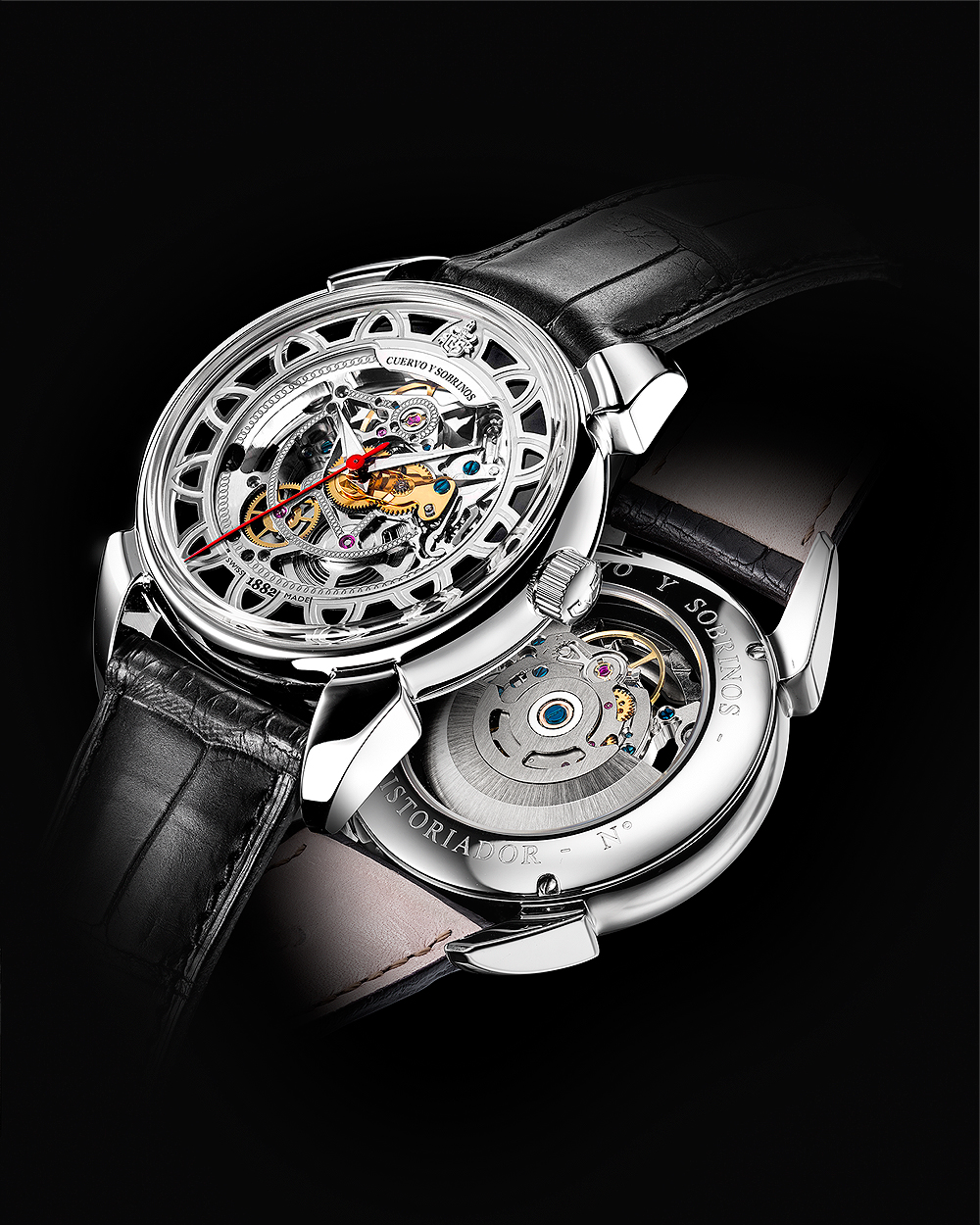
To commemorate its 160th anniversary, Eterna released this year an elegantly simple, limited-edition skeleton watch, the Eterna Skeleton 1856. The watch (“1856” refers to the year of the brand’s founding) carries into the modern era the design codes of Eterna’s Matic Skeleton from 1991, which was in turn inspired by designs from the 1950s. It has a classically round case, 42 mm in diameter and 10.5 mm thick, made of polished stainless steel and featuring subtly convex curved sides and two-step lugs. The movement is the manual-winding Caliber 3902M, one of the 88 different variations on the groundbreaking Caliber 39, the modular base caliber on which Eterna has added numerous additional components and subassemblies for its various complicated watches. The manual-wind system ensures that the movement — and thus the watch — can be appealingly thin, and the highly finessed skeletonization of the parts allow the wearer to see the various mechanisms in action. More on the watch here.
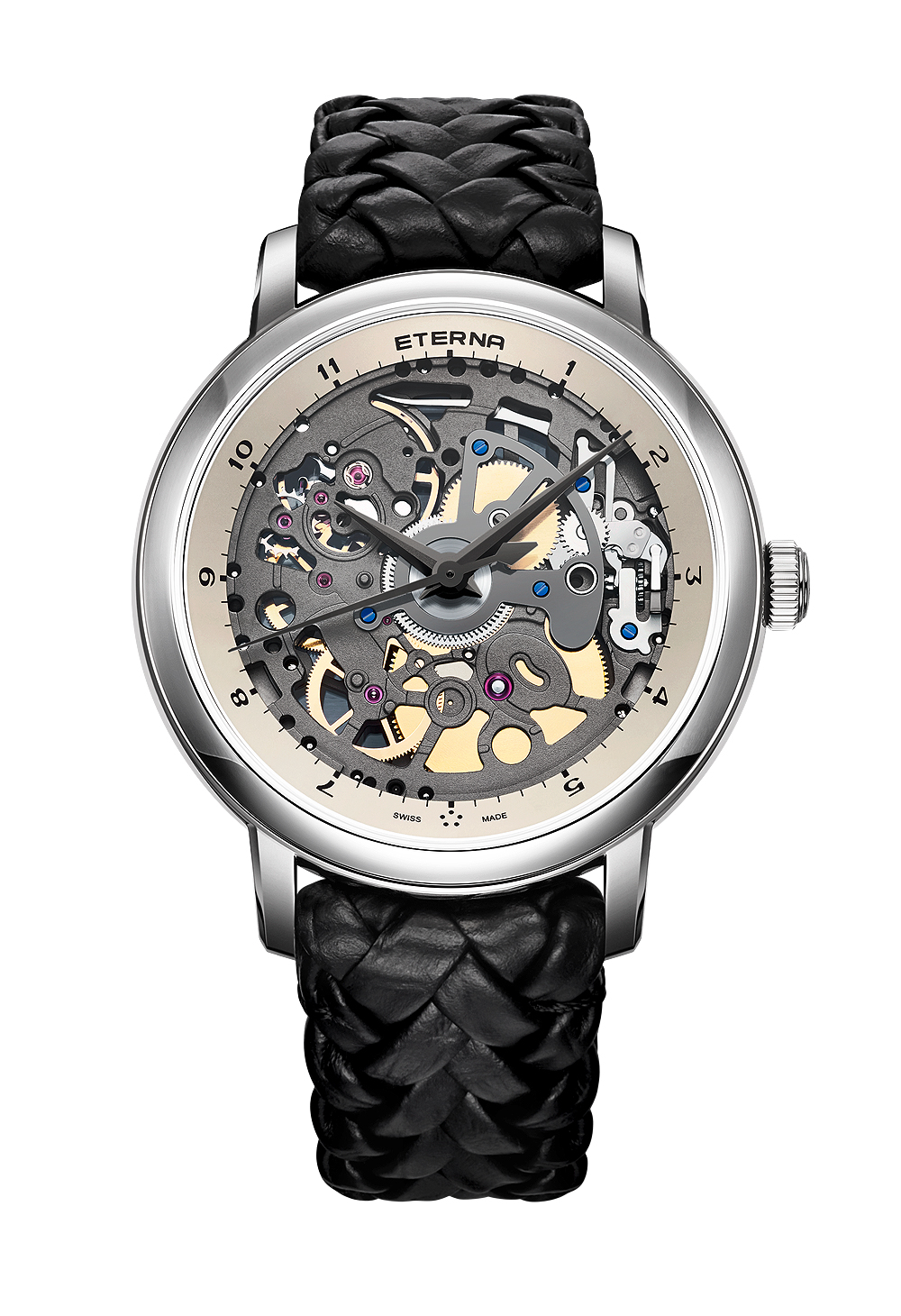
The movement in the Girard-Perregaux 1966 Skeleton, Caliber GP01800-0006, is based on Girard-Perregaux’s existing GP1800 caliber, but here all the important components, including bridges and plates, have been painstakingly skeletonized and treated with a galvanic process to give it an anthracite-gray ruthenium finish. This openworked structure — with its chamfered, polished, satin-brushed and hand-finished surfaces — renders components that would normally be invisible to naked eye, including gears, levers, and bolts, to be exposed, on both sides, behind nonreflective sapphire crystals; it also allows for the unusual arrangement of parts that places the balance wheel at 12 o’clock, framed by leaf-shaped hour and minute hands. Both the movement and case of the watch are elegantly slender: 30.6 mm in diameter and 4.16 in thickness for the movement, 38 mm-diameter and 9.27 mm thick for the case, which is made of 18k rose gold. The watch comes on a black alligator strap fastened by a rose-gold pin buckle. Read our “Watch to Watch” article on the Girard-Perregaux 1966 Skeleton for more details.

The Oris Artix Skeleton, which sports various shades of black and gray plating on its skeletonized movement parts, is one of the more accessibly priced skeleton watches among this year’s offerings, at just $2,800. Among its clever aesthetic touches is the Oris company logo, discreetly milled into a dial-side movement bridge near the 3 o’clock position, and well-placed openings that allow the wearer an occasional glimpse from the front of Oris’s signature red rotor. Of course, the presence of the rotor means that this watch also features automatic winding (the movement is a modified version of the Oris Caliber 734, based on the Sellita SW 200-1). The multi-part steel case is a relatively modest 39 mm in diameter (as compared to 42 mm for the original Artix), water-resistant to 100 meters, and features a screwed back with a mineral crystal window. The applied indices and nickel hour and minute hands are filled with Super-LumiNova. The Oris Artix Skeleton is fitted with a black leather strap with steel folding clasp, and is also available with a steel bracelet with butterfly clasp.

The Raymond Weil Freelancer Skeleton is another relative bargain — a black-on-black timepiece with a 42.5-mm PVD-coated steel case, a black galvanic dial with a large opening for a view of the openworked movement, and a matching black calfskin leather strap. Like the Bulgari watch, this one also features rose-gold details for contrast: the barrel-shaped, central hour and minute hands and applied hour indices are rose-gold plated. Like the Oris, it is equipped with an automatic movement, Raymond Weil’s Caliber RW4215 (also Sellita-based), whose skeletonized bridges have been treated with circular graining and a ruthenium finish. The screw-down caseback features a sapphire window; the crystal over the dial has a dual-sided anti-glare coating. The strap’s folding clasp is in black PVD-coated steel and has a double-push-button security system. And the price on this watch certainly won’t break the bank for most: just $2,595.

Roger Dubuis is well-regarded as a pioneer in skeletonized watch movements, opting to design them in an openworked style from the ground up, rather than employing the typical method, used by most brands, of skeletonizing an existing movement. The Roger Dubuis Excalibur Spider Skeleton Flying Tourbillon takes the openwork motif a few steps further, using skeletonization techniques not only on the movement — manual-wind Caliber RD505SQ — but also for the case, flange, and hands. The “Spider” reference is to the movement’s complex, sculptural, spiderweb-like architecture, which also incorporates the off-centered “star” motif that characterizes all Roger Dubuis skeleton calibers. Another design motif of the Roger Dubuis Excalibur line is also present, namely the tourbillon carriage in the shape of a Celtic cross. Like all Roger Dubuis movements, this one has been stamped with the prestigious Poinçon de Genève (Hallmark of Geneva), a quality seal awarded by an independent bureau in Geneva that judges movements on 12 criteria. The version of the watch pictured below — with a titanium case, red and yellow accents, and a white alligator strap — is a limited edition, available exclusively at Roger Dubuis’s New York City boutique. You can learn more about it here.
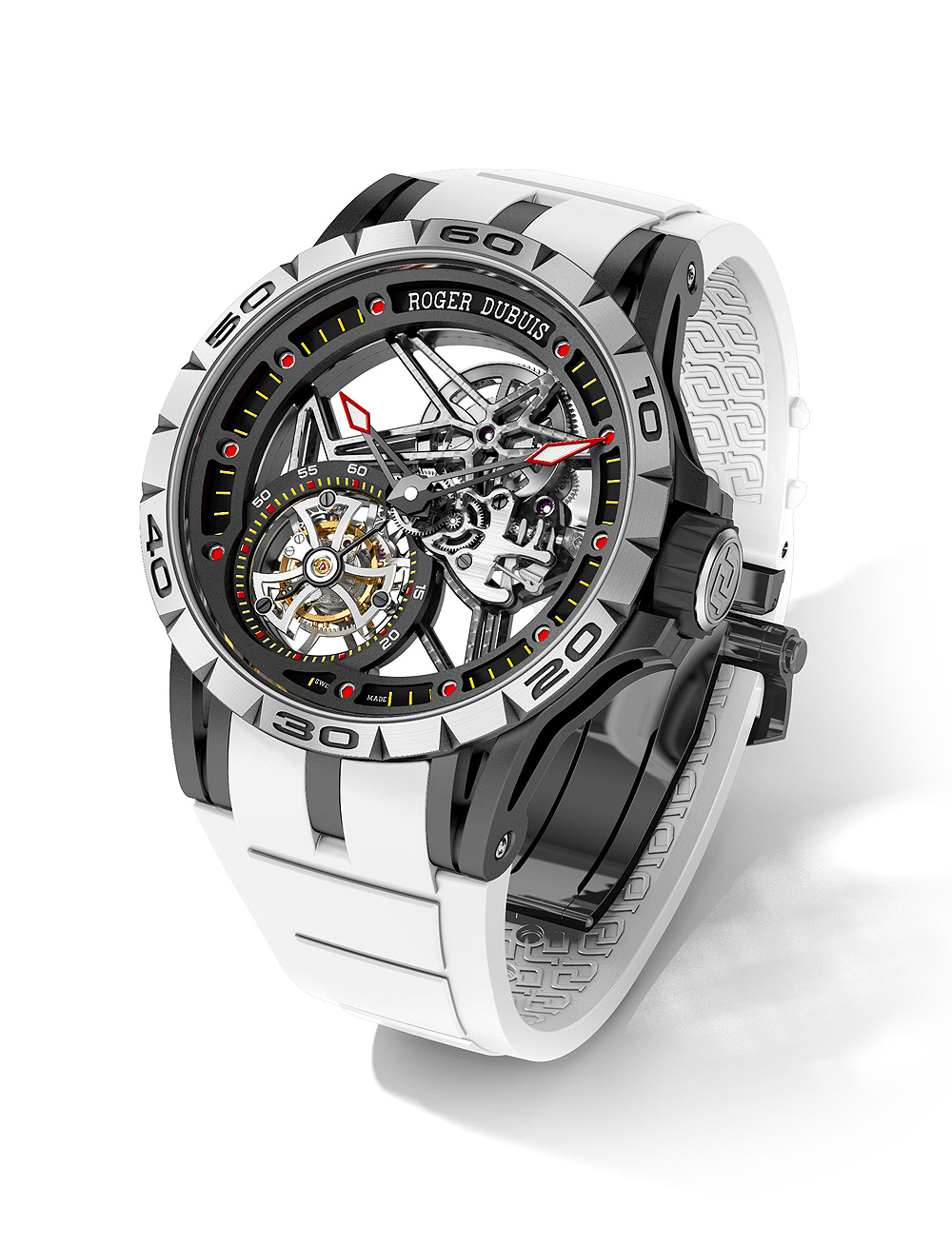

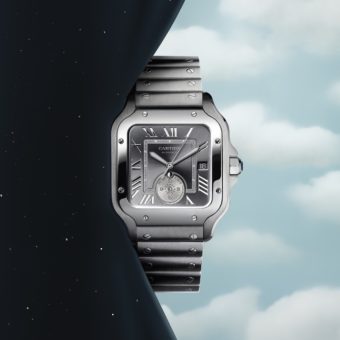
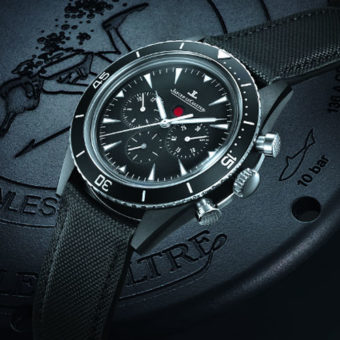

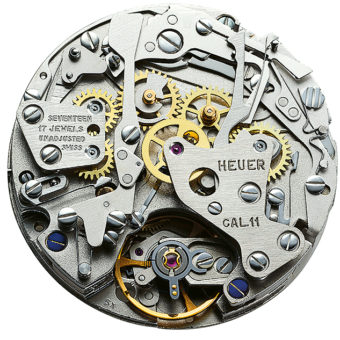
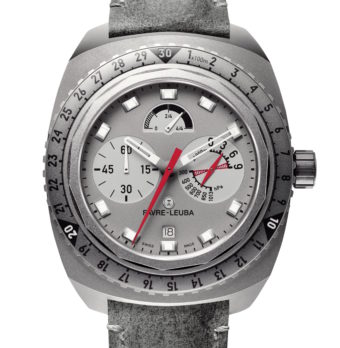
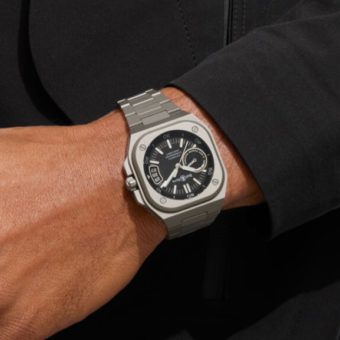
Even, Vacheron Constantin didn’t produce its skeleton watch in 2016 you had to mention them. They are kings in skeleton watches.